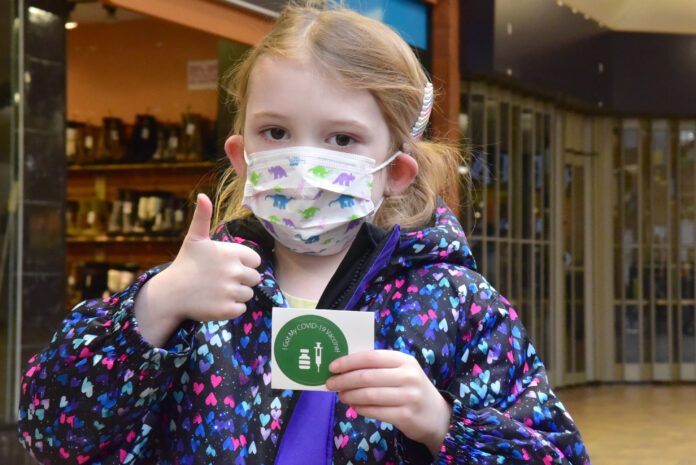
Mandatory masking and proof of vaccination orders have been extended until the end of January, and could possibly continue to the end of March.
Premier Scott Moe and Chief Medical Officer of Health Dr. Saqib Shahab said that while Saskatchewan’s numbers have improved, other provinces are starting to see increases in their COVID caseloads.
“What we are doing as Saskatchewan people is working effectively across this province,” said Moe in a live update on Nov. 25.
He admitted that stricter measures should have been put in place earlier.
“We should have moved a little quicker with the measures we brought in, in particular when you look in hindsight just how effective they have been,” said Moe.
Since the start of the requirement to show proof of full vaccination or a negative COVID test was instated at the end of September, an additional 200,000 doses have been handed out, Moe said.
Of those 12 and over, 87 per cent of Sask. residents have now gotten at least one dose of vaccine and 81 per cent are fully vaccinated.
However, given the approach of Christmas and family tendencies to gather during the holidays, Moe said that the measures need to remain until the season is well over.
“We need to keep doing it a little while longer,” Moe said. “As we head into winter months and Christmas season, we need to be vigilant and we need to be careful.”
Once the government has assessed the impact of the holidays on case counts and hospitalizations, they may consider extending the order until the end of March if necessary.
“That’s a decision that will be made later in January as we get closer to that date but I don’t think anyone should be under any illusions that these health measures wouldn’t be extended at that time. They’ve proven to be quite effective,” Moe said.
He would not commit to whether the proof of vaccination policy specifically would remain intact but did say that the amount of tools available to treat the disease will have changed.
The province now can treat some early cases with monoclonal antibodies and new anti-viral pills are on the horizon.
However, right now, an unvaccinated person is six times more likely to get COVID than an vaccinated person, 12 or 13 times more likely to end up in hospital, and 28 times more likely to end up in the ICU.
There was no rise in cases following Thanksgiving, with numbers actually dropping.
“If everyone continues to be diligent and continues to exercise a degree of caution and continues to get out and be vaccinated, we should be able to get together safely over the holiday season,” Moe said.
Moe said the situation this year at Christmas is much different than it was last year, when almost no one was vaccinated, and a much different public health order that virtually banned all gatherings and public events was in place.
Shahab said the primary place of COVID spread is in homes, and residents should be aware of the risk.
He also stated that wearing masks indoor and the proof of vaccination requirement has made a significant difference. Keeping the measures in place allows the health care system more time to recover by having more people leave hospital.
“It continues to be extremely tragic and heart breaking for health care providers when they have to look after, in many cases, young, middle aged adults—some with young children—who got COVID and ended up needing an ICU bed,” said Shahab.
He said that even in middle-aged people, up to five per cent of confirmed case end up in hospital and one per cent require ICU care and out of every 100 people who get COVID, one will die.
About 2,000 children between ages five and 11 received their first dose of the Pfizer vaccine on Nov. 24, the first day it was available in Saskatchewan.
The computer system crashed in the first few minutes it was available yesterday and several thousand children received their first dose of Pfizer’s vaccine, now called Comirnaty, on the first day.
susan.mcneil@paherald.sk.ca
Cutline: Five-year-old Lincoln was thumbs up after getting her first COVID-19 vaccine shot at Gateway Mall in Prince Albert on Nov. 25, the first day it was available in the city. Walk in clinics in the mall are also set for Friday and Saturday. Photo Susan McNeil.

